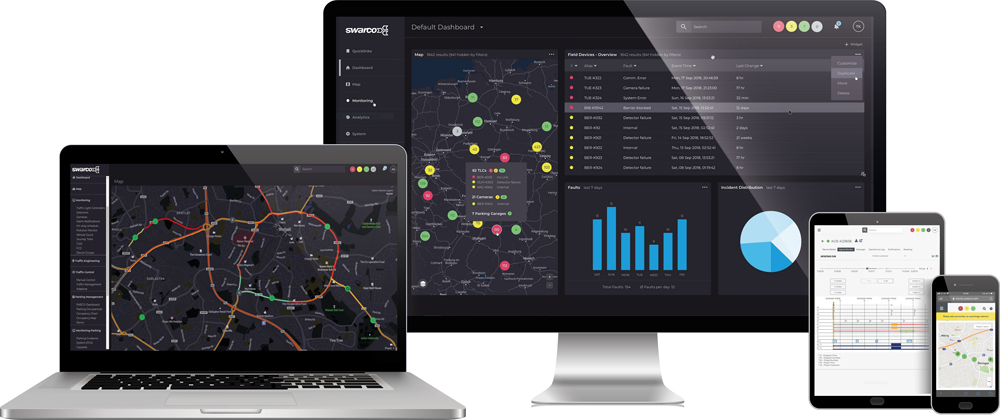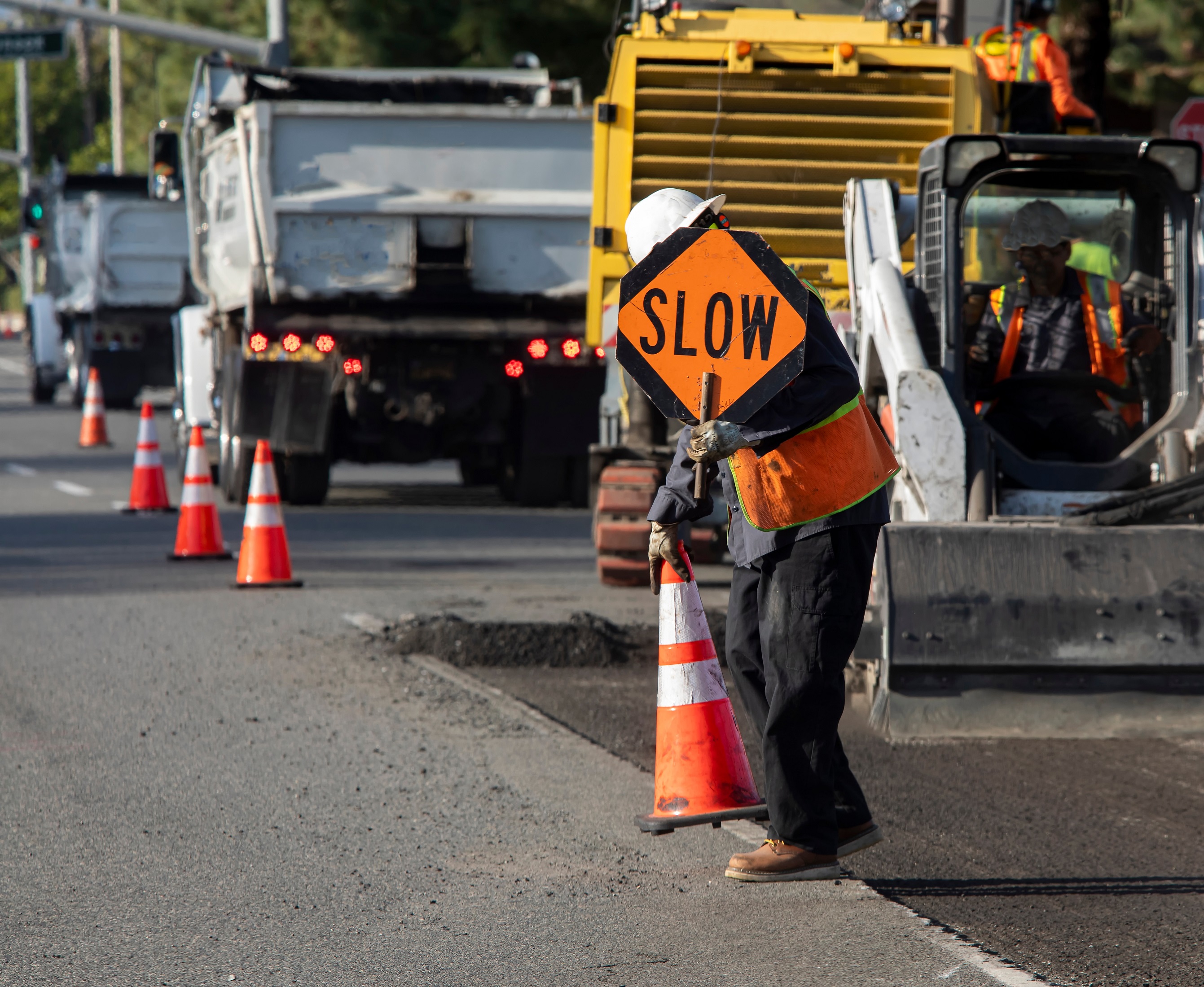
Now consider another statistic. Right now, those vehicles are generating billions of bits of data every minute of every day as they move through our traffic system. As traffic management information becomes more complex, customer expectations of time-stamped event data are already pushing the limits of data storage capability. But sometime in the not so distant future, when America’s fleet becomes fully equipped with CV technology, vehicles will generate position, direction and speed data multiple times every second, sharing that information with other vehicles, road-side sensors, traffic signals and ultimately, a host of end users.
In the interim, there’s massive upside but it’s tempered by a daunting downside. On the upside, the data will allow us to develop analytics, improve safety, track performance measures, perfect signal timing, improve traffic flow and predict trends over time. Data will play a key role in creating faster commutes and less congestion which will result in reducing emissions and improving air quality. The daunting side? What do we do with all that data?
It’s clear that the collection and distribution of transportation data will exceed the capacity of existing resources. In a world of exponential data growth, we can only add more local storage capacity so many times, but it’s not just about where we put it, it’s also about how we can get at it. Data can provide virtually limitless information, but without the ability to easily access, retrieve and crunch it, they’re just numbers.
According to McCain, the answer is its cloud-based solution, Swarco MyCity.























